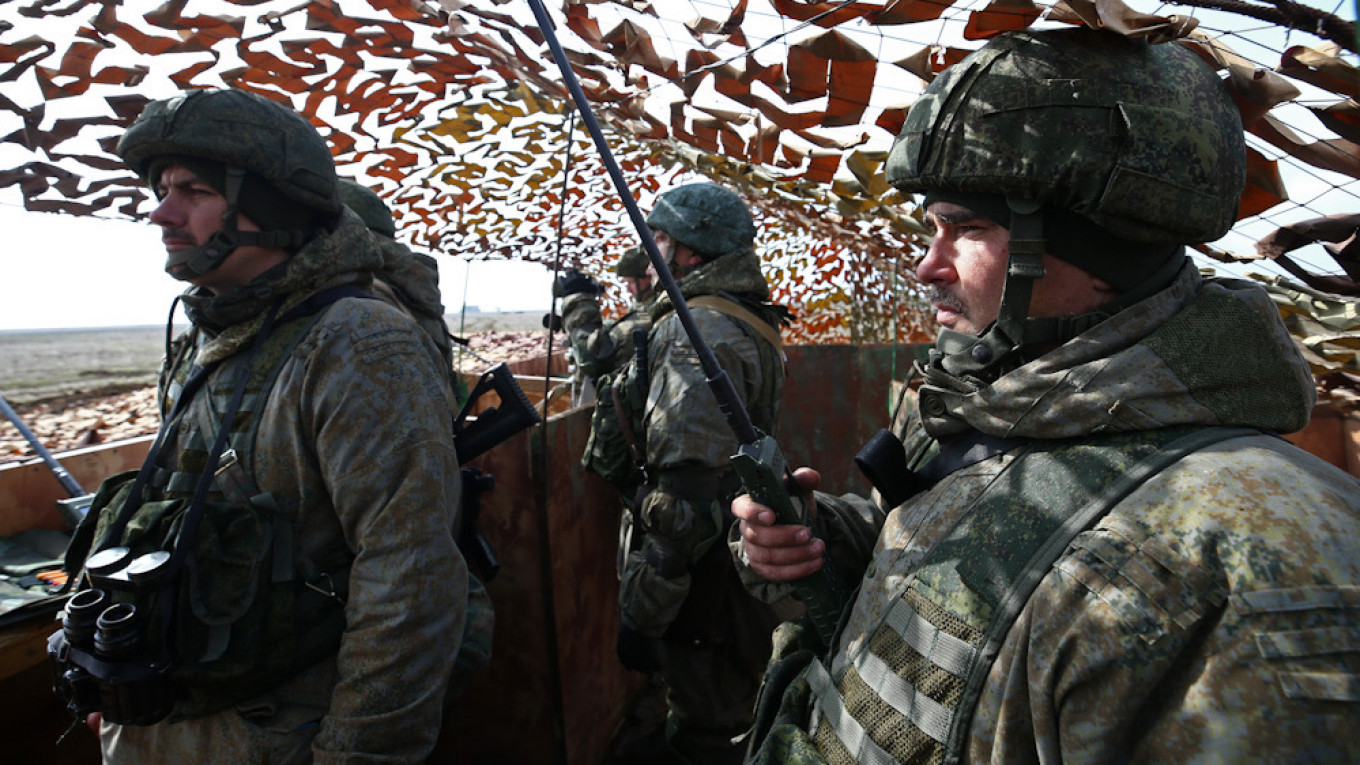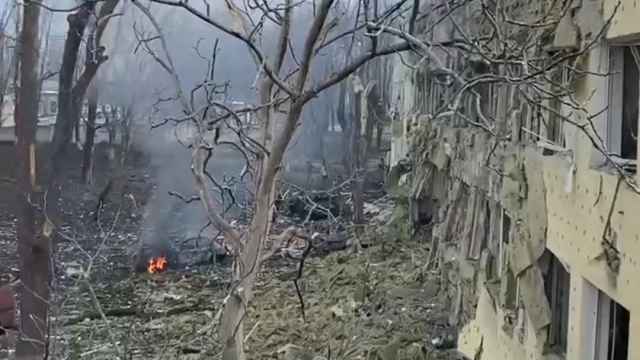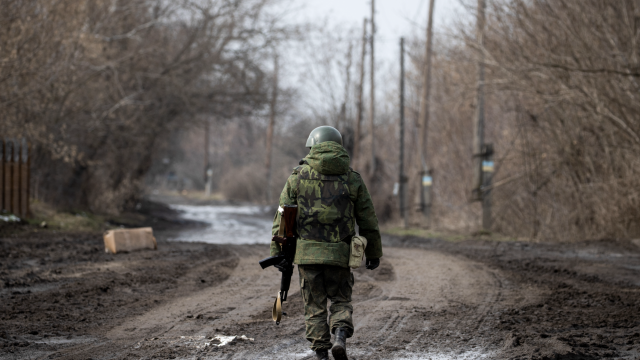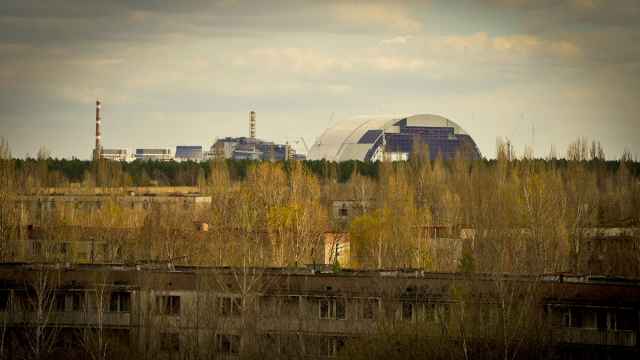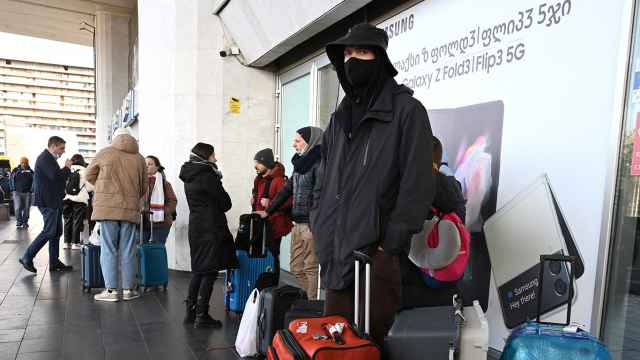A recent breakdown of the ceasefire in Ukraine, and escalation in fighting along the line of control, has been followed by what has become a somewhat traditional war of words between Moscow and Kiev, with each side blaming the other.
The rhetorical escalation plays out amidst a significant level of Russian military activity, exercises, and deployments which have caused intense apprehension in Ukraine, U.S., and among NATO allies.
Russian forces have shifted several units to Crimea, with visible movements among the Southern Military District, among others, and their intentions are unclear.
These actions do not appear to be regular exercises, nor are they necessarily a prelude to an offensive. The activity is exemplary of coercive diplomacy, a Russian effort to use hard military power in an effort to pressure Ukraine politically, and equally signal to Ukraine’s partners in the West.
Although the long simmering conflict between Russia and Ukraine is no stranger to war scares, with almost annual fears of a new escalation or offensive tending to crop up in the spring, this time is different.
U.S. military leadership, undoubtedly working off of the best intelligence available, raised the alert level at European Command (EUCOM).
Meanwhile, the Chairman of Joint Chiefs of Staff General Milley, called his counterpart, General Valery Gerasimov, reportedly to discuss the issue of Russian troop movements.
Fears that the current deployments are in fact preparations for an offensive reflect prudent caution, given Russian intentions are not clear, whereas the present-day Russian force posture is such that there would be little warning in the event of a military operation.
The alarm is genuine. Russian military deployments appear out of cycle for such exercises, and are not regular troop rotations.
Recent announcements of exercises by Southern Military District commander Aleksandr Dvornikov appear to be post hoc justifications, released well after this activity began, and do not explain a host of other movements that have been observed. In short, Russian military explanations for this activity are unconvincing, as it is clearly tied to events in Ukraine.
However, the movements are being made in a decidedly visible manner. In other words, they are intended to be seen, and are less indicative of preparation for a covert attack. The Russian military could be doing far more to conceal preparations or troop movements were this their objective. Nor do they appear to be of the size commensurate with a major military operation, although the present picture is incomplete as some Russian units are still on the move while others have begun drilling. Consequently, these overt shifts in military posture and readiness appear to be primarily coercive and demonstrative in nature.
The standing hypothesis for why Russia might conduct offensive operations are not especially explanative.
Almost annually, a theory has been floated that Russia intends to seize Ukraine’s Kherson Oblast because of the water crisis in Crimea. The root cause is the shutoff water canal running from the Dnepr, compounded by recent droughts.
This notion has superficial appeal, but the operation would require a sizable force to deploy and occupy Kherson, which would then generate a new set of dilemmas in supplying and managing another fragmented region. Despite its low likelihood, this idea has been trotted out with some frequency, just like the supposed “land bridge to Crimea” operation that Russia never executed (instead building an actual bridge). These proclamations, a form of crying wolf, have proven unhelpful over the years. They have gained new life as Russia deployed an unusually large force into Crimea in recent days, consisting of 58th Army elements, and VDV airborne.
Ukrainian pronouncements had also been somewhat contradictory, raising the threat of escalation, while at the same time claiming that this was Russian baiting, a provocation to which they would not react. Hence Ukrainian forces have shown some movement, but generally do not appear to be responding to this Russian deployment in a manner that suggests they are preparing for war.
There was some suggestion that Russia sought a casus belli to introduce its own forces as peacekeepers into the occupied territories, but this too was an illogical proposition, since Russian forces are deployed in the Donbass and can move about as they please. Meanwhile Russian officials have blamed Ukraine for the escalation in a manner that has long become expected, perfunctory, and unconvincing.
The most logical explanation is that the ceasefire broke down because Russia seeks to pressure Ukraine, and Western counterparts, over the lack of progress in implementing Minsk II.
The breakaway regions are heading towards de facto Russian annexation.
Moscow’s goal is not only to intimidate, but to illustrate that the conflict cannot be frozen without significant political concessions or compromises. They may be similarly aimed as a signal to the new Biden administration that Russia retains strong coercive power, can escalate at will, and should arguably be much higher on the White House’s foreign policy agenda than currently stated.
Crises such as these call for prudent caution, but thus far it is not clear that either side is truly trying to provoke the other because of a genuine interest in war, or is engaged in an action-reaction dynamic that is likely to lead there. While many subscribe to the notion that a military incident could spark conflict, this is historically untrue. Countries use incidents as a pretext to launch wars they seek, but military incidents are not a leading cause of conflict. This conflict has had skirmishes and incidents a plenty that have not yielded dramatic escalations.
Leaders use force when they believe it is necessary for them to achieve political aims. There’s not much evidence this is currently the case for Russia’s position vis-a-vis Ukraine.
The challenge is that Moscow’s political calculus in recent years has proven difficult to ascertain, and there is no trust in anything emanating out of the Kremlin.
When intentions are unclear, reactions are often driven by the military capabilities observed, and the worst-case thinking that they engender.
A Message from The Moscow Times:
Dear readers,
We are facing unprecedented challenges. Russia's Prosecutor General's Office has designated The Moscow Times as an "undesirable" organization, criminalizing our work and putting our staff at risk of prosecution. This follows our earlier unjust labeling as a "foreign agent."
These actions are direct attempts to silence independent journalism in Russia. The authorities claim our work "discredits the decisions of the Russian leadership." We see things differently: we strive to provide accurate, unbiased reporting on Russia.
We, the journalists of The Moscow Times, refuse to be silenced. But to continue our work, we need your help.
Your support, no matter how small, makes a world of difference. If you can, please support us monthly starting from just $2. It's quick to set up, and every contribution makes a significant impact.
By supporting The Moscow Times, you're defending open, independent journalism in the face of repression. Thank you for standing with us.
Remind me later.



